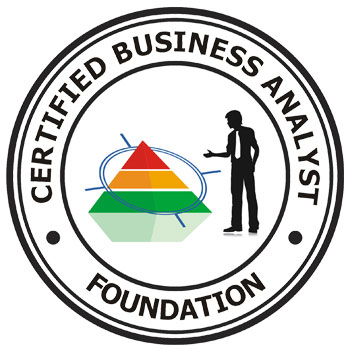Business analysts study the overall business and IT needs of an organization in order to develop appropriate solution strategies. As the key liaison between business and information technology departments, the business analyst is responsible for gathering and documenting business requirements and translating them into functional system design specifications that can be successfully executed by IT development teams. A Business Analyst is someone who analyses change requirements and produces a justifiable set of analysis deliverables that are used to design and implement the solution. A Business Analyst is (or should!) be measured on delivery of the benefits specified in the project objectives.
Business analysts study the overall business and IT needs of an organization in order to develop appropriate solution strategies. As the key liaison between business and information technology departments, the business analyst is responsible for gathering and documenting business requirements and translating them into functional system design specifications that can be successfully executed by IT development teams. A Business Analyst is someone who analyses change requirements and produces a justifiable set of analysis deliverables that are used to design and implement the solution. A Business Analyst is (or should!) be measured on delivery of the benefits specified in the project objectives.
Job rankings reports over the past few years (including ones by CNN Money and job search engine Indeed.com) rank Business Analyst as a ‘hot job’ for the future. And survey data spanning from 2008 to 2010 from Blueprint Systems reports that 37% of BAs now use some kind of purpose-built requirements software tool in their role.
About Business Analysis
Business Analysis is a straight forward process of analyzing business change requirements. Why, then, are there so many methods, approaches, techniques and tools for doing what is – essentially – the same job? In order to understand this, we need to rewind a bit in time to look at where Business Analysis came from, where it currently is and projections for where it will go.
The History Bit
Business Analysis was born out of the fact that IT change projects started to go wrong in the 1980s. Before that, IT change projects could solve a limited set of problems in a limited way because the only options were to turn paper based data into electronic data and have simple programs automate the use of that data. There were many limitations such as:
- were many limitations such as: storage of the electronic data was expensive
- the way data was stored was cumbersome (flat files read sequentially in one direction only).
- programs were difficult to write in abstract languages
- there was only a limited set of functionality based around mainframe processes
- user interfaces were delivered on basic green-screen
E-Course Duration: 10 to 15 Hours
e-Competence Framework (e-CF)
The mapping of this certificate against the e-Competence Framework. To know more on e-Competence Framework (e-CF) visit, ECF




